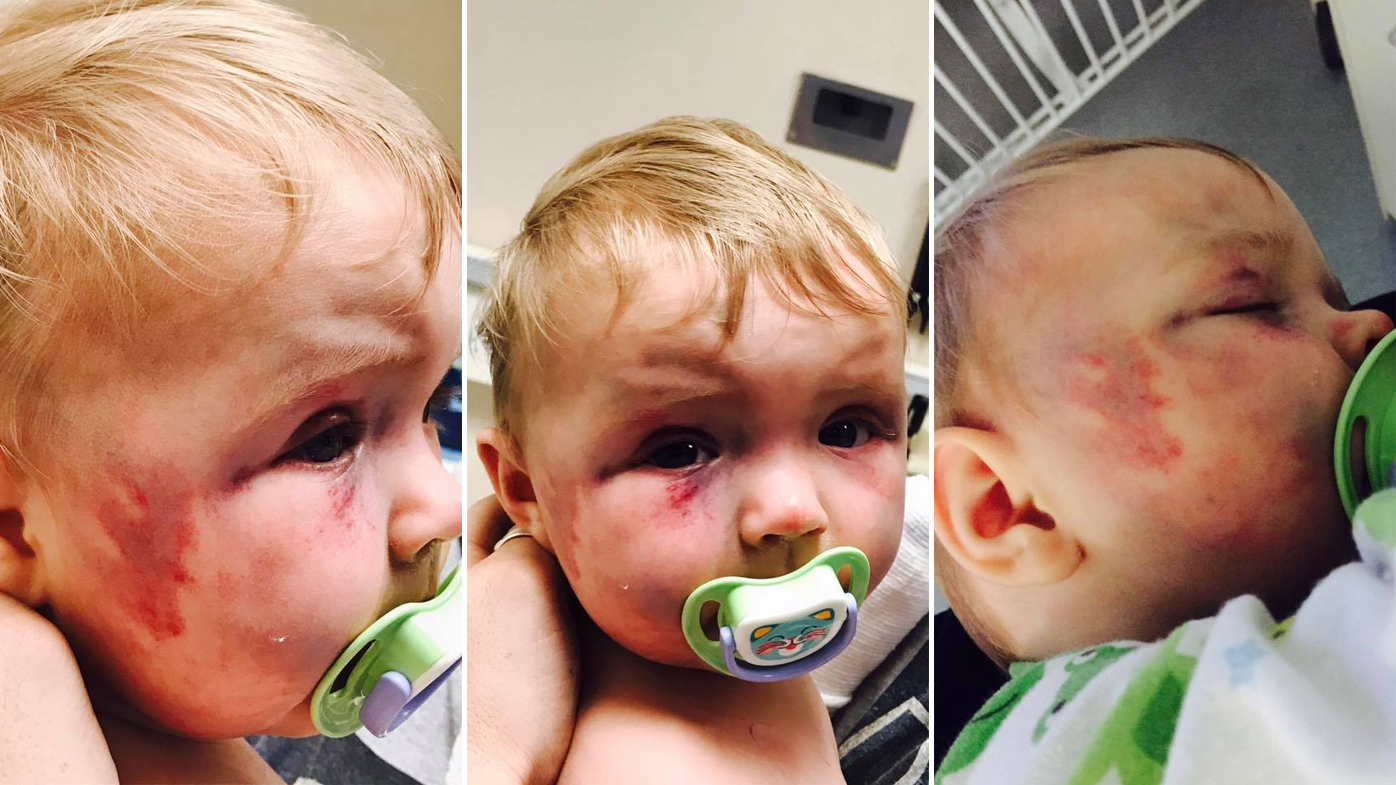cartwright
Brownlow Medallist
Any person who kills a child must be deranged.
My heart goes to that poor baby.
My heart goes to that poor baby.
Follow along with the video below to see how to install our site as a web app on your home screen.
Note: This feature may not be available in some browsers.
The data is very muddy. I can't find any solid data break downs relating to child deaths from parents and the relative gender offender specifics.
However, I can find the deaths of children covered under things like "munchausen syndrome by proxy" and other exotic conditions.
It makes me wonder if certain things are deliberately "not researched"
OP was posting in that thread and may have seen the attitude of excusing the woman in other places so I am guessing that has partially motivated this thread from them.
That relies on the actions of over represented stepfathers to paint an inaccurate picture of which parent is more likely to kill their own biological child.There's a NSW report that has been widely referenced on this site
http://people.uncw.edu/bruce/hon 210/pdfs/infanticide.pdfChildren killed by genetic parents versus stepparentsB Grant T. Harrisa,4, N. Zoe Hiltona , Marnie E. Ricea , Angela W. Ekeb
Results and discussion There were 111 children killed by their genetic mothers, 86 killed by their genetic fathers, 16 killed by their stepmothers, 62 killed by their stepfathers
4. Summary, limitations, and conclusions
Extrapolating from available data, the results indicated a
considerably greater risk represented by stepfathers than by
genetic fathers. At least five times as many children live
with genetic fathers, while the raw frequencies of filicide
were roughly equal in the two groups. A most liberal
estimate for the prevalence of stepmothering (5%) also
suggested that stepmothers represent a substantially greater
risk of filicide. Stepparents, especially mothers, were more
likely to have exhibited anger, beaten the child, previously
injured the child, and come to the attention of authorities for
child abuse. The presence of a stepmother’s genetic
offspring increased the severity of prior abuse and neglect
Murder sits at the most extreme end.As long as we go on pretending that only men are a danger to children, we can only ever deal with half of the problem of these preventable deaths.
It won't sadly because it destroys a narrative.Very interesting.
It's time this stuff was given equal footing on the domestic violence agenda.
Men are more likely to kill children that are not their own. More women kill their own children than men do. Stepfathers are overrepresented as murderers of children. More children are murdered by their biological mother than by their biological father.
It is not really about making it a gender issue. It is about the reluctance to acknowledge what children suffer at the hands of women like society seems to do when it is a male.
Single mothers and stepfathers/non father intimate partners of the mother are heavily over-represented proportionately as child abuse perpetrators. Special attention should be given to the areas of high risk.
As long as we go on pretending that only men are a danger to children, we can only ever deal with half of the problem of these preventable deaths.
http://www.couriermail.com.au/news/...h/news-story/63aa3faab7639c094e00def8563677c2There's another rotten one in the news today in Qld. Parents charged with the murder and torture of their 2 year old daughter.
Within the NHMP, domestic/family homicides are sub-classified against five relationship categories. These are: 1) Intimate partner—victim and offender are current or former partners (married, defacto, boy/girlfriend); 2) Filicide—victim is the child of the offender; 3) Parricide—victim is the parent of the offender; 4) Siblicide—victim and offender are brother/s or sister/s; and 5) Other family—including nieces, uncles, cousins, grandparents. Categories two through four include biological, adoptive and step relatives.
Males accounted for the majority of offenders in both domestic/family and non-domestic/ family homicides, except filicides where females accounted for over half (52%; n=96) of offenders for this category of domestic/family homicide.
To play devil's advocate, could it be linked to women undoubtedly spending more time with their children?http://www.aic.gov.au/media_library/publications/rip/rip38/rip38.pdf
Interestingly enough this Australian report which included heavily disproportionately represented step fathers in their Filicide statistics.
This may indicate the gap between biological mothers and biological fathers who kill their own children may be larger in Australia than the other countries involved in the study linked earlier in this page.
Single mothers are high risk areas for abuse and heavily disproportionately represented.To play devil's advocate, could it be linked to women undoubtedly spending more time with their children?
I presume that stay-at-home mothers are still much more common.
A detailed list of risk factors and protective factors (factors that are associated with reduced incidences of child abuse and neglect) is provided by this government website.Factors that may increase a person's risk of becoming abusive include:
- A history of being abused or neglected as a child
- Physical or mental illness, such as depression or post-traumatic stress disorder (PTSD)
- Family crisis or stress, including domestic violence and other marital conflicts, single parenting, or young children in the family, especially several children under age 5
- A child in the family who is developmentally or physically disabled
- Financial stress or unemployment
- Social or extended family isolation
- Poor understanding of child development and parenting skills
- Alcoholism or other forms of substance abuse
Well I assume the father will be announced Australian of The Year next January then
Nah, he'll get the blame for it somehow.
Place your sympathies for the woman in this thread.
There have been some pretty decent links posted in this thread for others to read.Congratulations on your s**t thread.
http://www.theage.com.au/victoria/i...n-court-on-murder-charge-20170605-gwkyk8.html
OP should've mentioned it's Islamic state related. Hardly surprising but poor child.

